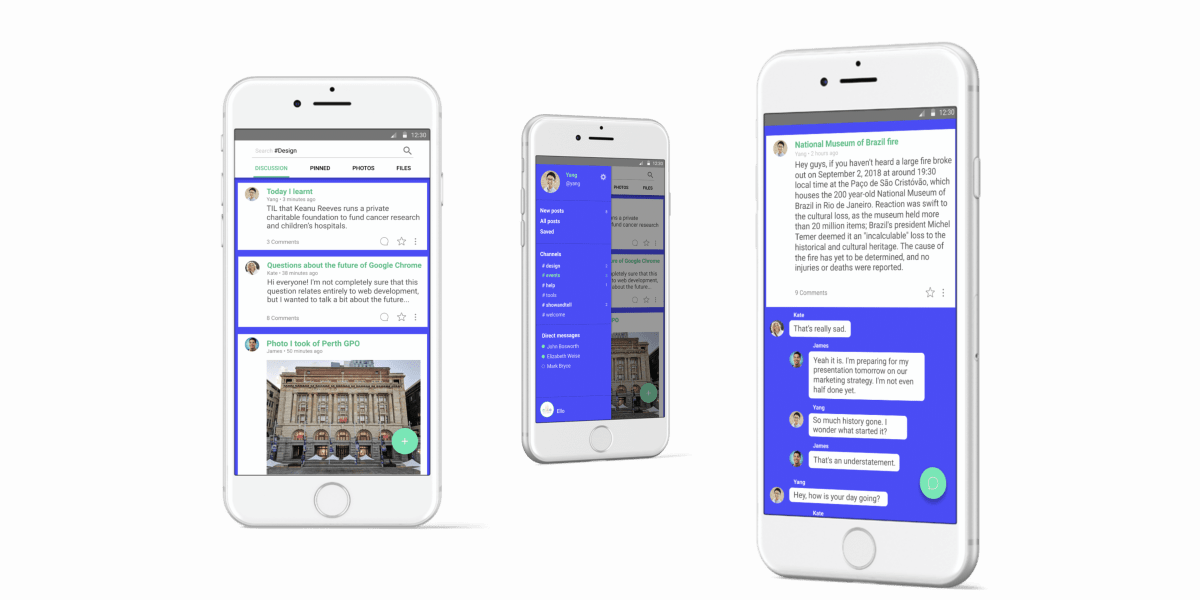Flash Market
Test

Flash Market is a Perth startup developing Australia’s next e-commerce marketplace, with a focus on local small businesses. Businesses would not only be able to sell their products on the platform but get them delivered through Flash Delivery, Flash Market’s own Uber Eats-like delivery service which bring orders directly from the business to the customer. Launching initially with only Goods listings, Flash Market plans to expand into the Trades & Services, Food & Drink, and Travel & Leisure category groups in the near future.
I designed the platform across its five digital touchpoints:
- The consumer-facing website
- The admin/business dashboard
- Consumer app
- Business app
- Driver app
Website

The Website is where shoppers can browse and buy products. Each business on Flash Market also has a store profile which displays all their listings and information about the business.
The website design uses a familiar layout and common e-commerce design patterns to make it easy to use. Special attention was paid to ensuring the website was device responsive. Barriers that may prevent a user from making a purchase were removed. These include allowing the customer to checkout without an account, a single-page checkout and only asking for information that is neccessary to complete the purchase.
In addition to the shopping section of the website, there are pages for Account Management, Help, About Flash Market and promotional pages aimed at businesses and drivers.
Dashboard

The Dashboard is where businesses can add/edit listings, view customer purchases, manage their store profile and more. It is also where Flash Market staff can manage the website and get a master view of all business and customer activity.
An important focus with the design was to make it very simple and intuitive to use as Flash Market was targeting business owners who may have never used an e-commerce platform or who found the ones they’ve tried too complex.
Consumer App

The Consumer App is the mobile app accompaniment to the Website. The design is very similar to the mobile version of the Website with some modifications to take advantage of native app capabilities and match app design patterns.
Business App

The Business App is the mobile app accompaniment to the Dashboard, allowing businesses to manage all the functions of Flash Market on the go.
Driver App

The Driver App is for the drivers of Flash Delivery, Flash Market’s own integrated Uber Eats-like delivery service. When a customer purchases a product and selects Flash Delivery as the delivery method, the order will be sent to a nearby driver. The app allows drivers to receive and manage jobs.
Tabs at the bottom of the screen correspond with the stages each job goes through:
- New: Displays jobs sent to the driver and waiting to be accepted.
- Accepted: Displays jobs which have been accepted by the driver and waiting to be collected. The driver can choose to either collect a single job, selected jobs or all jobs at once. If multiple jobs are selected for collection, the app will automatically route and navigate the driver to the different businesses.
- Collected: Displays jobs which have been collected by the driver and waiting to be delivered to the customer. The driver can choose to either deliver a single job, selected jobs or all jobs at once.
- On the Way: Provides navigation to the customer's address as well as delivery confirmation (signature/photo) functions.
Additional credits: Some concept design work for each touchpoint was done by Jordan Burke.
Tools and technology used: Figma, Invision, Font Awesome








